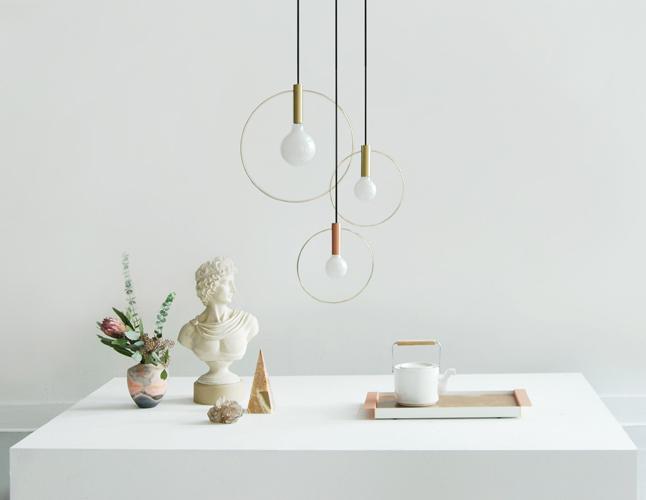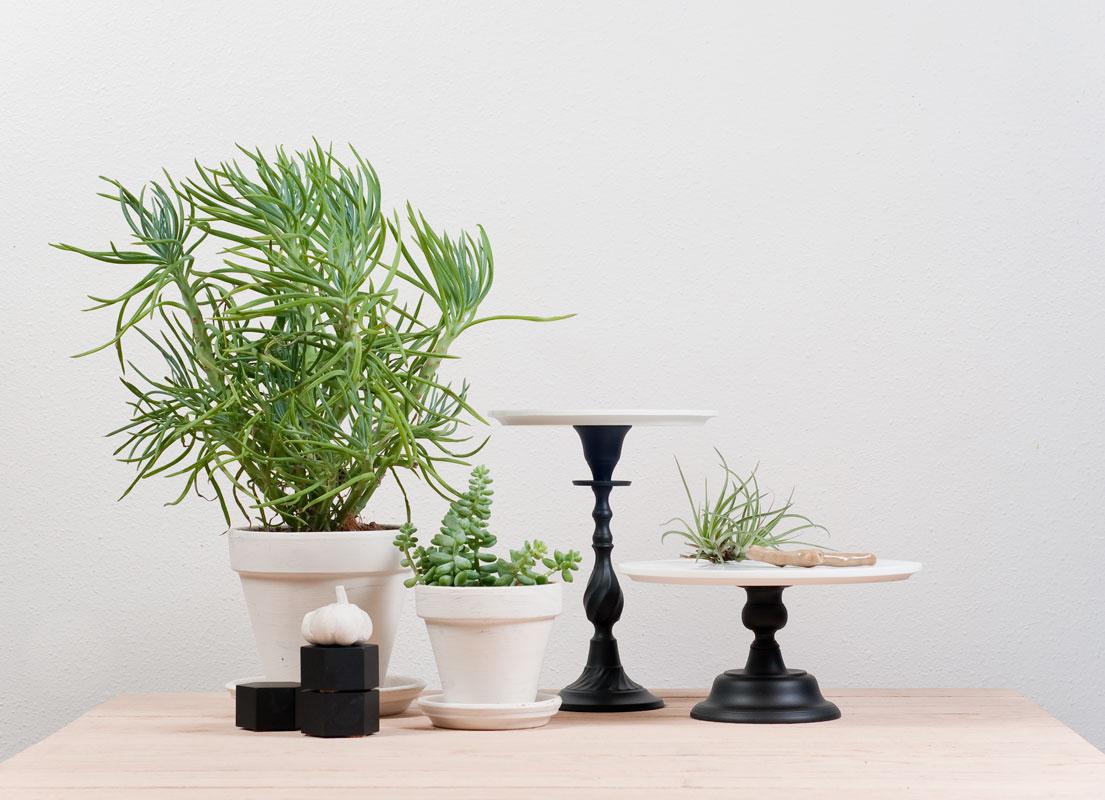
12.04.12
Up and Coming
Ladies & Gentlemen Studio, Furniture and Product Designers
After Jean Lee met Dylan Davis while studying industrial design at the University of Washington, and after a string of successful school collaborations led them to start dating, the two of them did a semester abroad together in Rome. “Those were the good times,” laughs Lee. “We saw all these independent studios there, and designers working more as artists, and it was really inspiring for us. That wasn't happening at all in Seattle.” And so after they graduated in 2005, Lee went on to work for a messenger bag company based in Philadelphia, while Davis joined the team at Henrybuilt. They did a small trade selling vintage finds on Etsy for awhile, and eventually started repurposing those objects into new designs as a hobby. But what finally led them to join forces as Ladies & Gentlemen in 2009 were the first signs that they might be able to find in Seattle what they experienced in Rome after all: Not only had studios like Iacoli & Mcallister and Grain begun to flourish by making and selling their own work, their new coalition Join was gathering together local designers to collaborate and exhibit together. “Jamie Iacoli asked us to contribute to a show, and were like ‘What the hell? Let’s do it!’”

